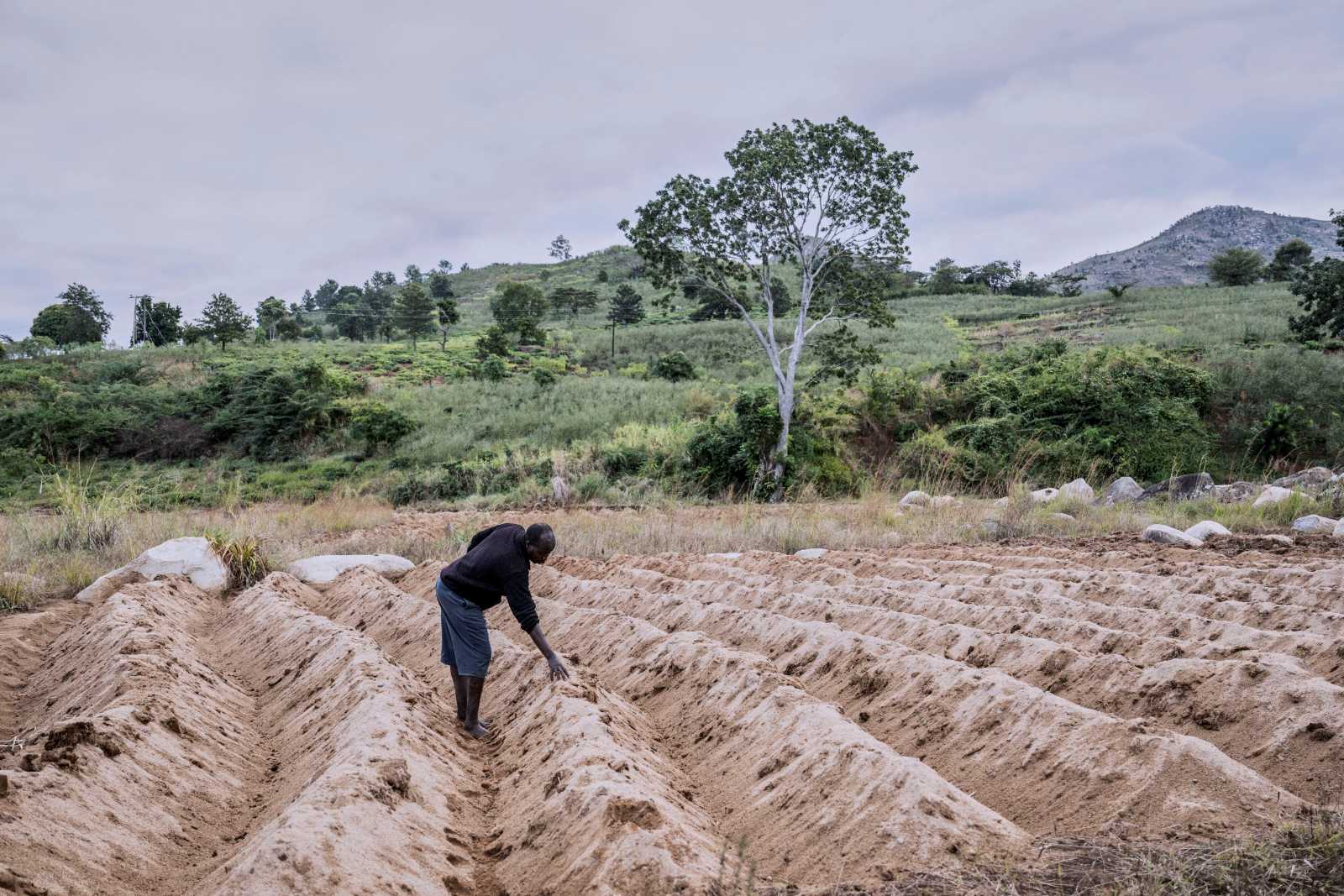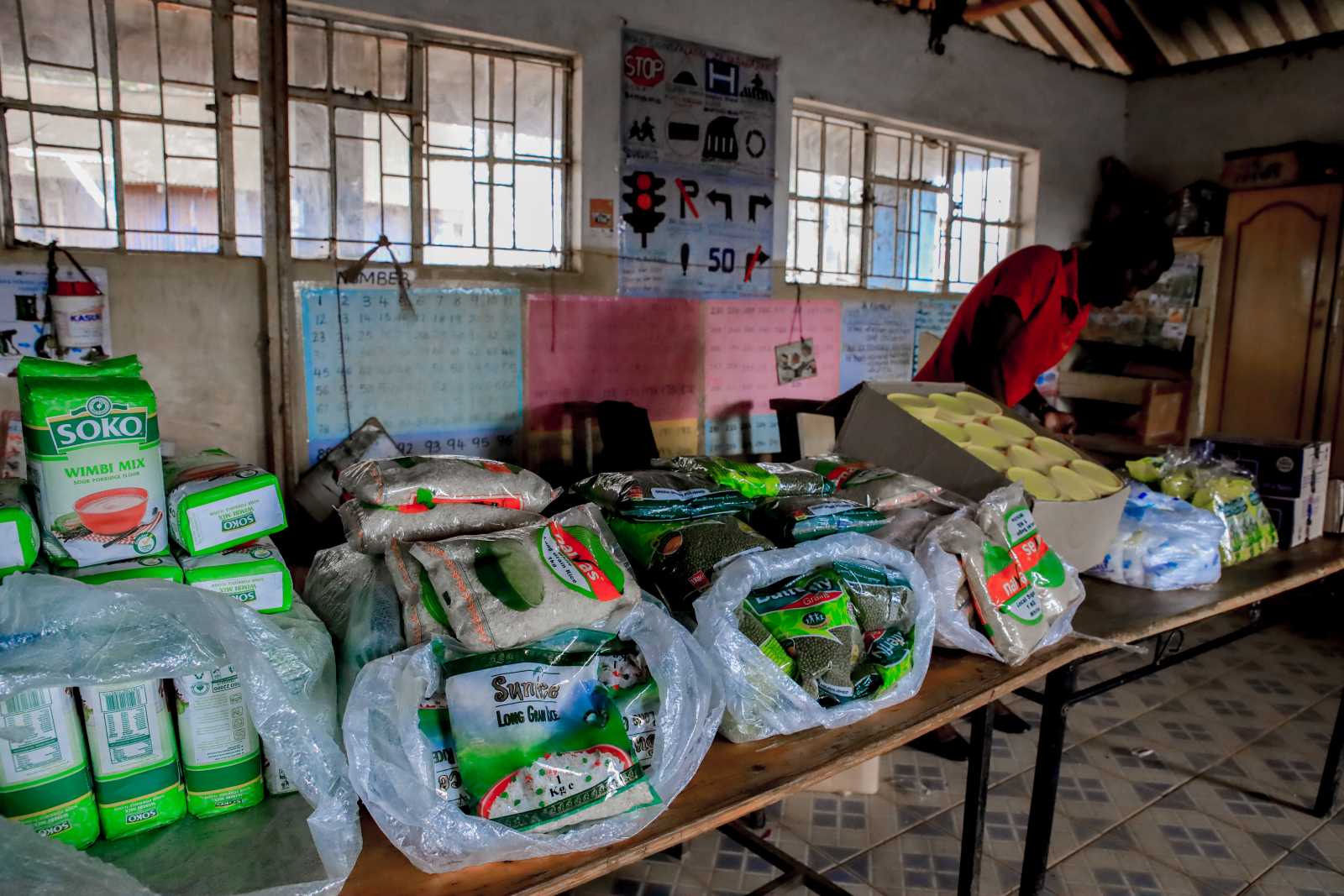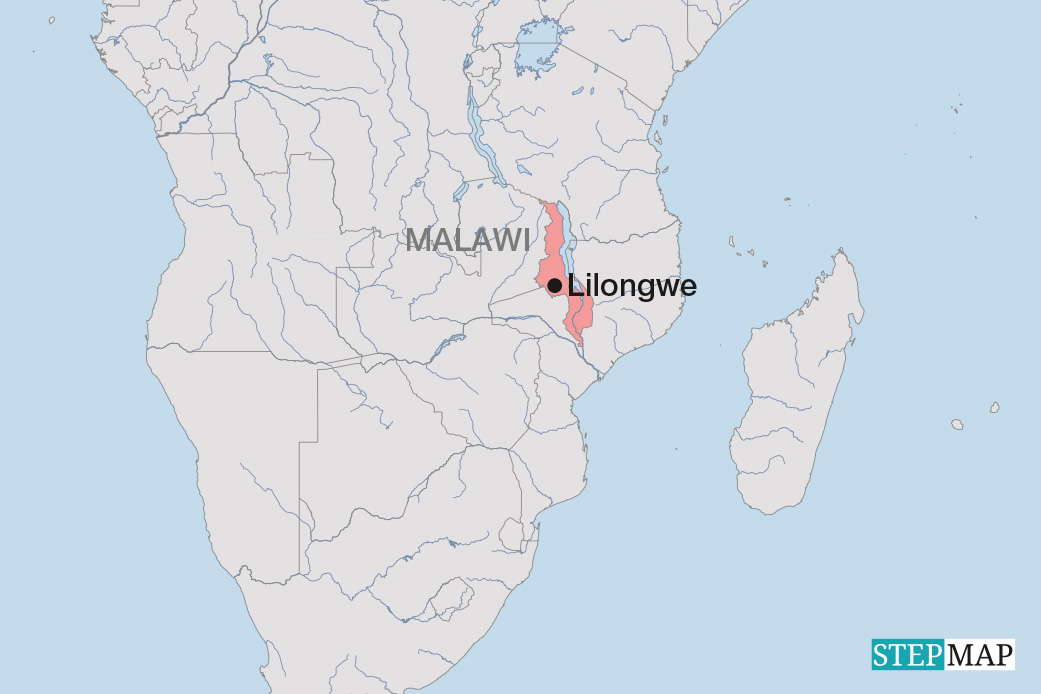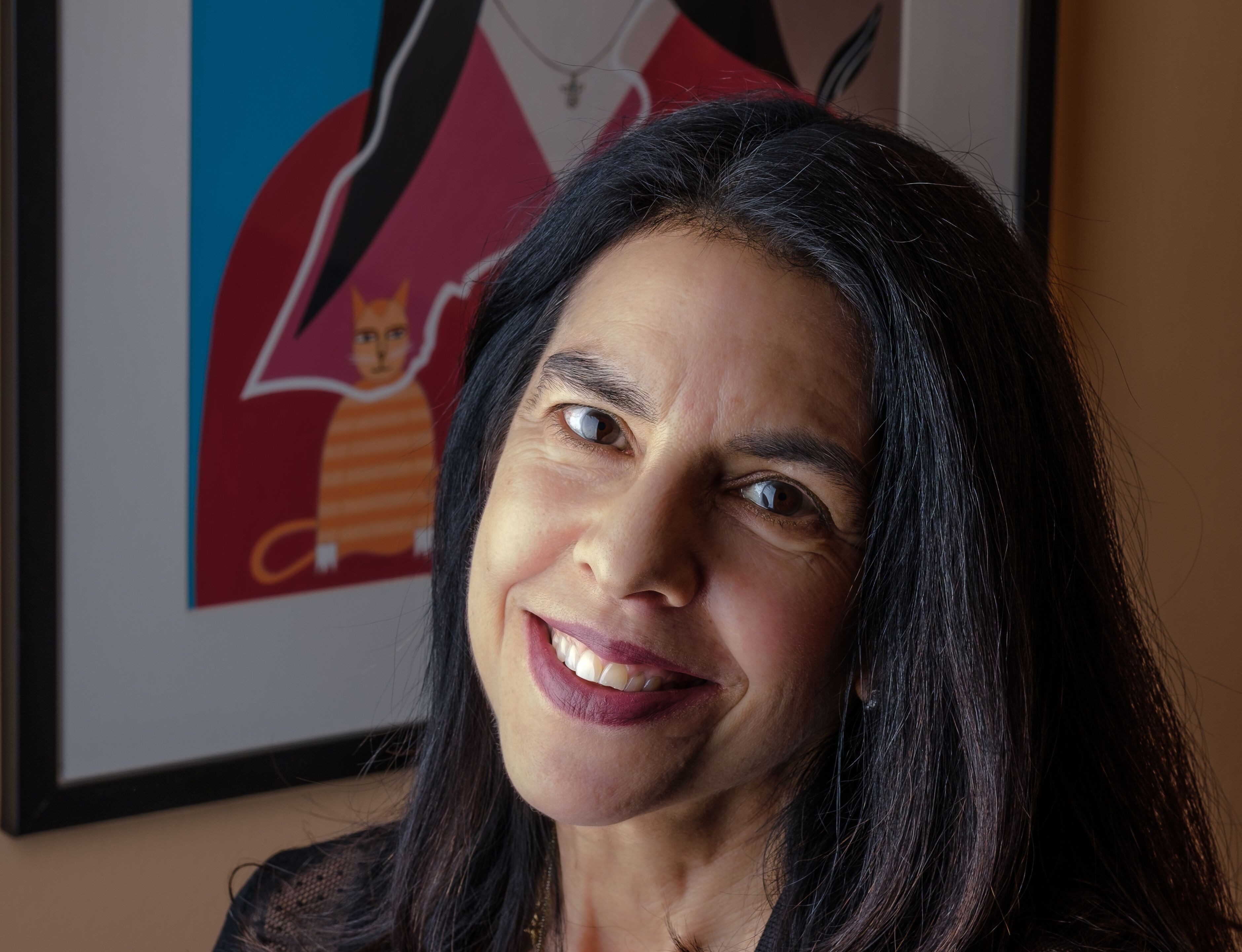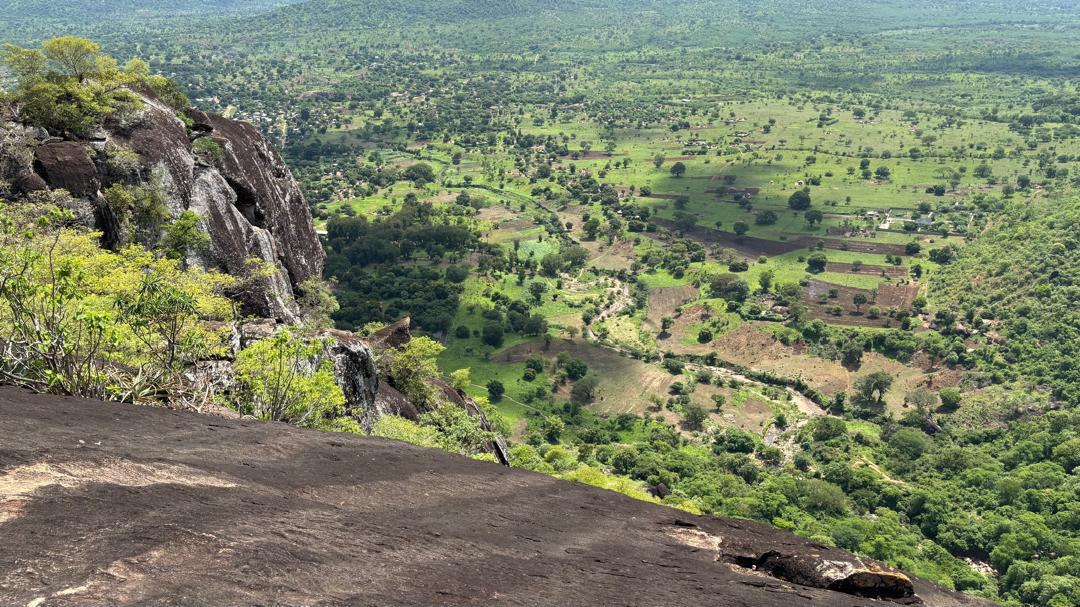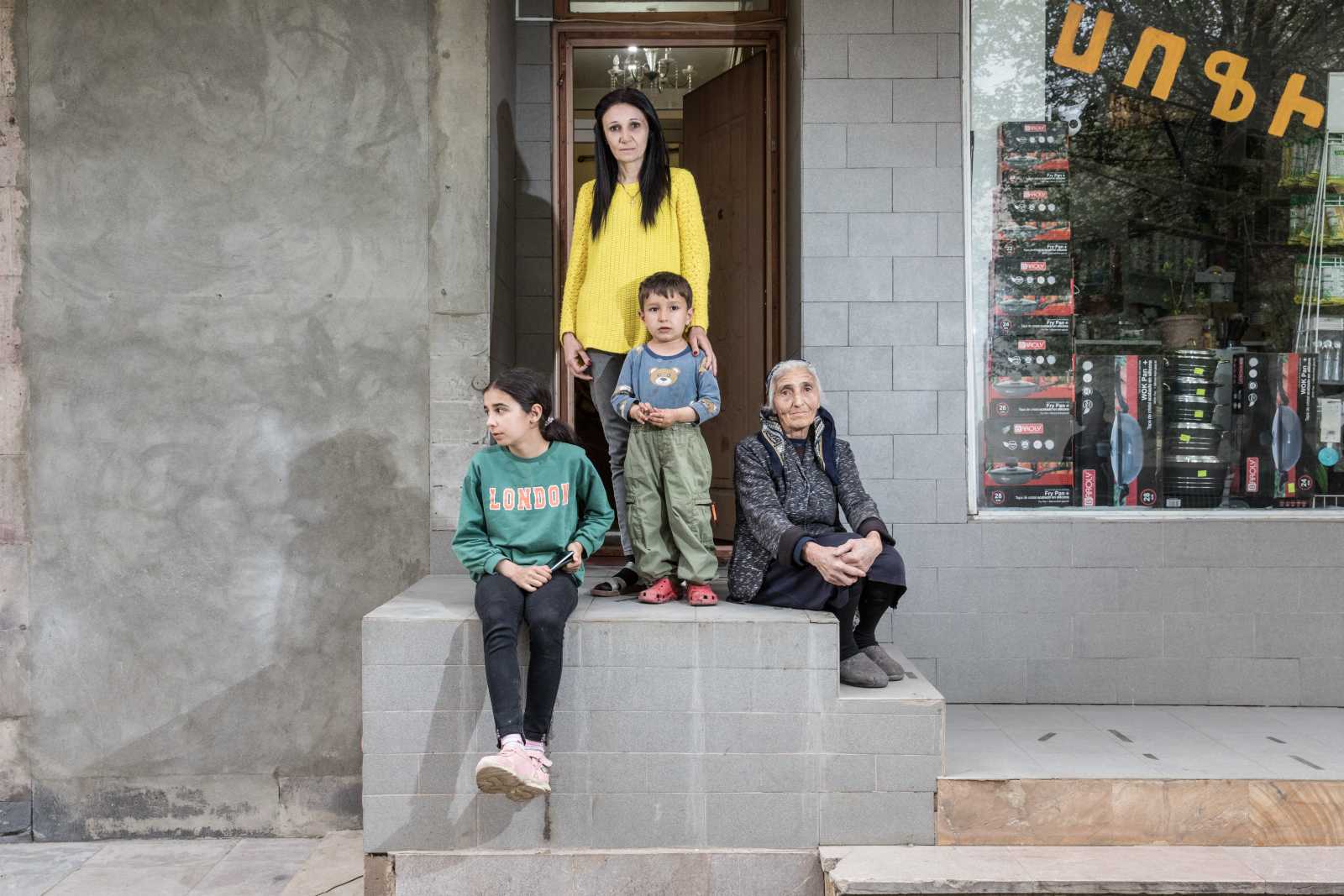Crime
Art versus violence
By Cletus Gregor Barié
“I used to be a member of a gang”, says Pitu, a hip-hop artist from the city of Manizales in Colombia. “But I don’t like to talk about it. It sounds too much like social rehabilitation and remorse.” Pitu and another artist from the group “Gran Blanco” are covered in sweat after a stage show, but ready to discuss the meaning of their work. According to Jhon Fredy Diaz from the municipal department of culture, the band has “magical appeal, especially to young people from districts with high rates of violence, because its members are living proof of new prospects being possible”. The municipal government cooperates with these successful artists when reaching out to the young people.
Colombia is one of the most violent countries on Earth. It ranks at the bottom of the Global Peace Index, between Yemen and Zimbabwe, in place 139 out of 153. For decades, a growing culture of violence has resulted in dire rates of murder and violence. Some 5.2 million have become internally displaced persons (IDPs). Massive human rights abuses, especially towards indigenous people, and severe social inequality compound the problems.
In 2010, there were over 1700 homicides in Bogotá, a city with 6.7 million inhabitants. By comparison, only 814 murder victims were registered in the whole of Germany with more than 80 million people in the same year. La Semana, a weekly magazine, expresses concern that “Colombians resolve their conflicts more and more often with bullets, clenched fists and broken bottles”. The paper asks: “What is wrong with us?”
Guerrilleros, including the Revolutionary Armed Forces of Colombia (FARC) above all, as well as members of paramilitary groups, which have been partially demobilised, are still present in the country’s remote districts. Some of them have also crept into state institutions. Álvaro Uribe, a political hardliner who served two terms as the country’s president from 2002 to 2010, could not bring about the military victory he promised. Today, he is facing serious corruption charges.
His successor Juan Manuel Santos is showing a stronger commitment to human rights. A law was passed in June 2011 to provide extensive compensation to around six million victims of violence and IDPs. They are meant to get their land back. Transitional justice experts, however, are sceptical. These measures have proved useful in post-conflict situations – but how can they be implemented without risk for the victims when the armed conflict has not yet ended?
“Our voices must not fall silent”
Convivencia, peaceful coexistence, is the catchphrase of many local art initiatives that try to use creative means to drive out the spectres of insecurity and violence. At ExpoPaz, the national peace expo held in Bogotá in October 2010, 156 local groups were active. They included craftspeople who recorded their memories in embroidery as well as drama groups who staged plays about their home districts’ history.
“I have witnessed the impressive impact of cultural work time and again,” says Pilar Otero from the State Coordination Centre for International Cooperation. “A good example is the Theatre for Peace in Tumaco, a port city, where youth help the public come to terms with a traumatic past through amateur dramas.” Not only a large network of artists has committed to peacebuilding in recent years. State agencies too are turning to artistic measures in order to tackle people’s traumas and to support of the repatriation of IDPs, for instance.
Perhaps the nation of Gabriel García Márquez, a winner of the Nobel Prize in Literature and Shakira, the pop singer, is particularly well suited to test the impact of art on violence. Bruno Moro, the resident representative of the United Nations Development Programme (UNDP), recently stated: “Colombia probably has the most peace initiatives in the world”. Otero, however, says that aid agencies have not grasped yet just what a difference cultural activities can make in peacebuilding. She regrets that, so far, there is no project that would deal with the widespread rights abuses, for example. “Traditionally, state action tends to take more of a normative approach rather than a cultural one,” she says.
Not everyone appreciates artistic initiatives however. “It is an illusion to believe that art has a calming effect on violence,” argues well-known columnist Antonio Caballero. “On the contrary, music was originally meant to incite people to war.” Ethnographer Fabian Sanabria similarly warns against excessive expectations: “Let’s be realistic: we cannot save anyone through art, not even ourselves!”
Nevertheless, Carlos Fernández from the Jesuit foundation CINEP says that peacebuilding can benefit from the arts. He considers cultural expression indispensable for addressing violence, raising public awareness of hushed-up subjects and strengthening young people’s sub-cultures. “The arts can serve to undo stereotypes and to overcome thinking in terms of black and white in highly polarised contexts”, he concludes from evaluations.
Antanas Mockus, a former mayor of Bogotá, succeeded in reducing the rate of violence in his term, and his policy stressed art issues. Mockus is convinced that art and culture help citizens to expand their repertoire for non-violent communication, but insists that they must also become involved in other processes of change.
This view is becoming popular internationally. A publication from Brandeis University in Massachusetts maintains that modern conflicts cannot be changed through rational discourse: “They require modes of expression that embrace paradox and give voice to thoughts and feelings that defy words.” A line from a song of Rastros, a hip-hop group from Bogotá, is: “This is a time of fear, of cruelty, a time in which our voices must not fall silent.”

